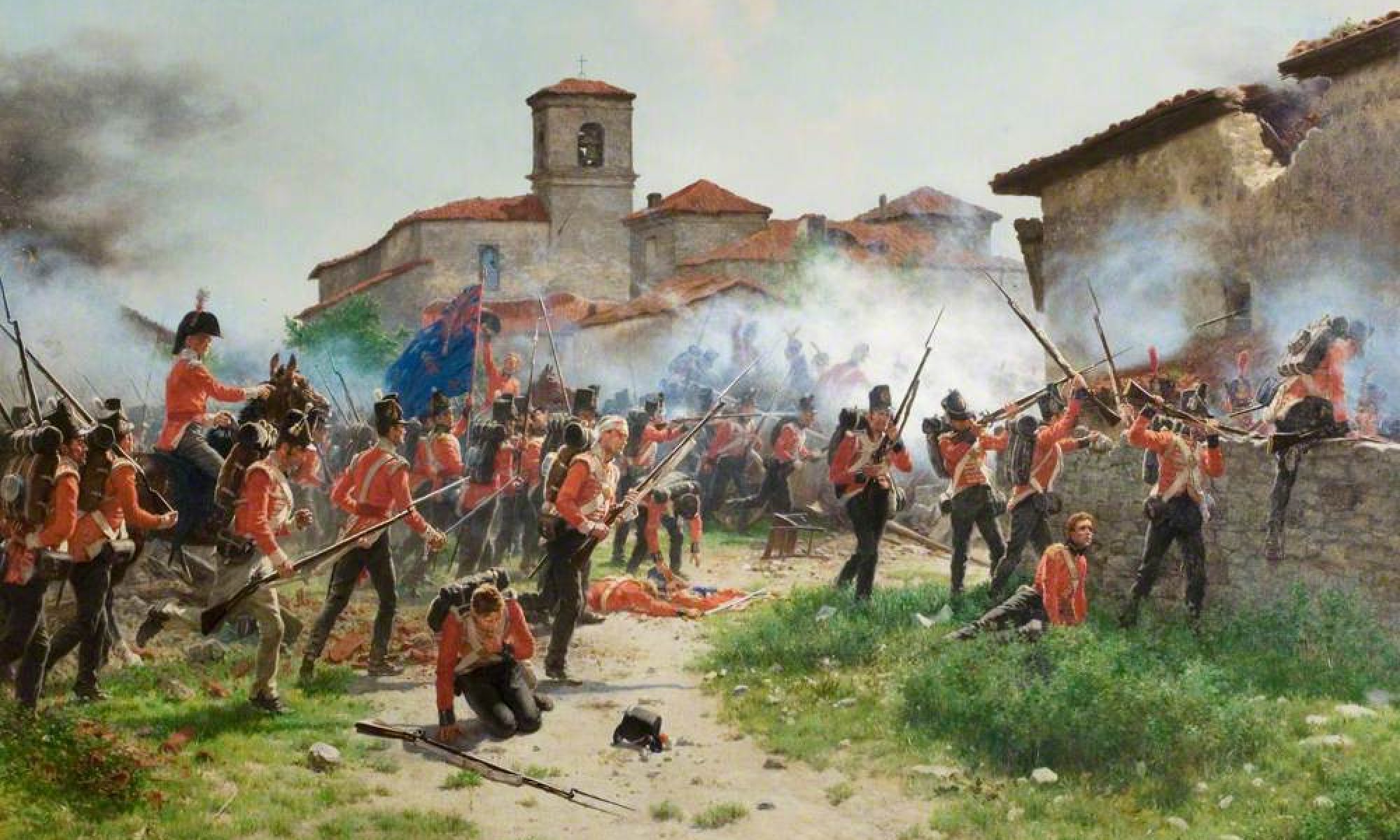
- Hardback, 208 pages, 255 x 210 mm
- Over 100 colour and b&w illustrations
- April 2019.
- ISBN: 9781911271215
- https://www.kashihouse.com/books/eyewitness-at-amritsar-a-visual-history-of-the-1919-jallianwala-bagh-massacre
What can have been going through the mind of General Dyer that day in Amritsar 100 years ago? What perverted sense of justice and duty led him to order his troops to open fire on an unarmed and unthreatening crowd in the Jallianwalah Bagh?
He said himself that he came to the decision in under a minute and that he did so to preserve the British empire. In less than 60 seconds thousands of lives were changed for ever and between three and five hundred lives would end altogether. History itself changed that day.
Lauded even to his death as the man who saved India, ironically no enemy of the empire struck a more deadly blow against it than Dyer did that dark day in Amritsar.This is the timely story of a massacre in words and pictures, brilliantly and sensitively presented by Kashi House and handled expertly by it’s two authors.
Before you even open this book you get almost a sense of intruding on a hallowed but tragic scene. The cover image is devoid of frills, a narrow alley leading to a wide dusty inner-city space. Empty and haunting, one can almost imagine oneself standing there, peering through, and trying to make sense of the insanity of it all.
That is the brilliance of this book. It is transportive and breaks down the walls of time and place and takes you on a journey, that is as visual as a documentary and as informative as an interview.
Kashi House produces books that I love to read and this one I must be counted amongst those that are totally original in how they present their subject. I’ll be quite plain with you all, I help prove the stigma that the British don’t know about the Jallianwalah massacre.
I’d heard of it, I’d seen it recreated in the movie, Ghandi but I knew nothing about it and was absolutely ignorant of what happened before and after. When I received ‘Eyewitness’ I confess to worrying if I would be up to reviewing it with such pitiful knowledge of the subject.
Yet as I turned the pages I saw that the authors had crafted a book that was designed to engage a blithe readership without scrimping on depth or detail. I devoured it in a day.
Eyewitness is separated into sections, beginning with an introduction that gives an overview, it then turns the story over to quotes by contemporary witnesses, victims, perpetrators and commenters all aided by some of the most evocative photographs and images I’ve seen collected in binding.
We first learn about Amritsar, about it’s cantons, holy places and narrow, teeming, streets that spider through the city with labyrinthine complexity. In some photos I swear I could hear the noise of the crowd. The text and photos are so well synced that it is as if we are taken through them, right down to the entrance to the Bagh.
Historical context comes next, India and the Raj in the aftermath of the Great War. It was a volatile time of loud discourse and angry passions but also great movements and leaders who dared to stage a rebellion in a way that no one had done before. It was a strategy that the British had no answer to, armed rebellion could be crushed with a certain legality, but not non-violent demonstrations. Nevertheless simmering tensions were building in Amristar.
The narrative proper starts after that showing the riots that preceded the massacre, and then the inconceivable horror of the event itself as told by the participants. The plight of the victims loved ones being especially moving and the marble-cold outlook of General Dyer being more than infuriating.
What follows, as Ghandi said, was, at least from a philosophical/intellectual point of view almost worse. The humiliating repression that the increasingly tyrannical Dyer unleashed on Amritsar, again for scant legitimate cause, left me quite stunned.
Well might some of the quotes damn these actions as the point where India realised it could not depend on British justice and where faith in the system of imperial government was broken once and for all.
I cannot praise the ingenuity and hard work that went into this book enough. I’m not just crafting pleasing blurbs here when I say it is perfect for serious scholar and newcomer alike.
This is how History should be popularly presented, it is how I’ve always hoped it could be presented and how I’ve often tried to present it. By using a preponderance of authentic voices and materials crafted together with a minimum of handling the reader can see, rather than be told, what happened.
Eyewitness to Amritsar is a poignant, immersive, book that is both fair and incisive. A visual testament that allows readers to connect with the very fabric of history, giving a thrilling and eye opening glimpse into how events are recorded and how they played out.
From the Great to the small, this book is an all encompassing, respectful, tribute to a tragedy that changed history.
Josh.


